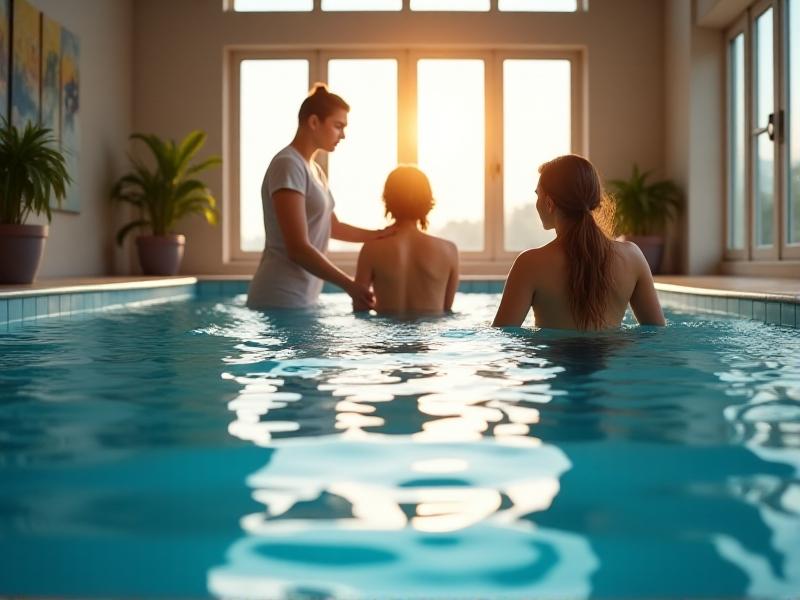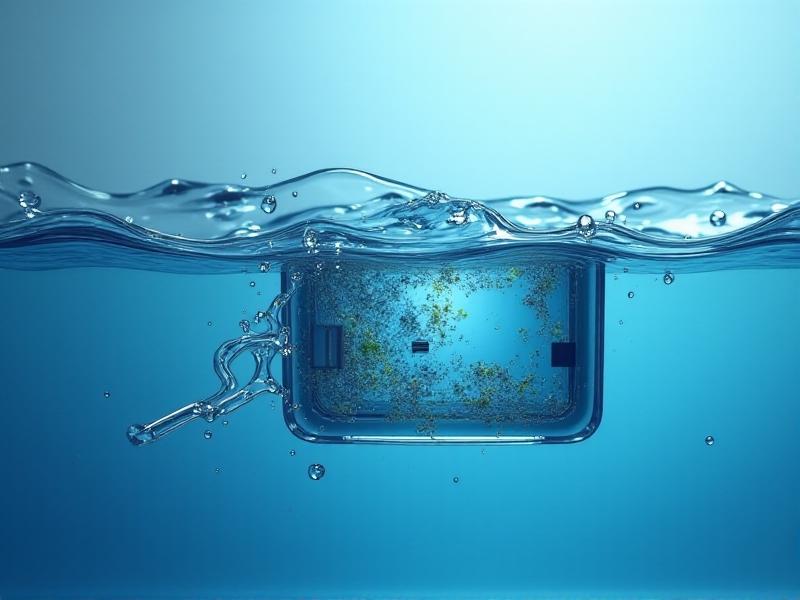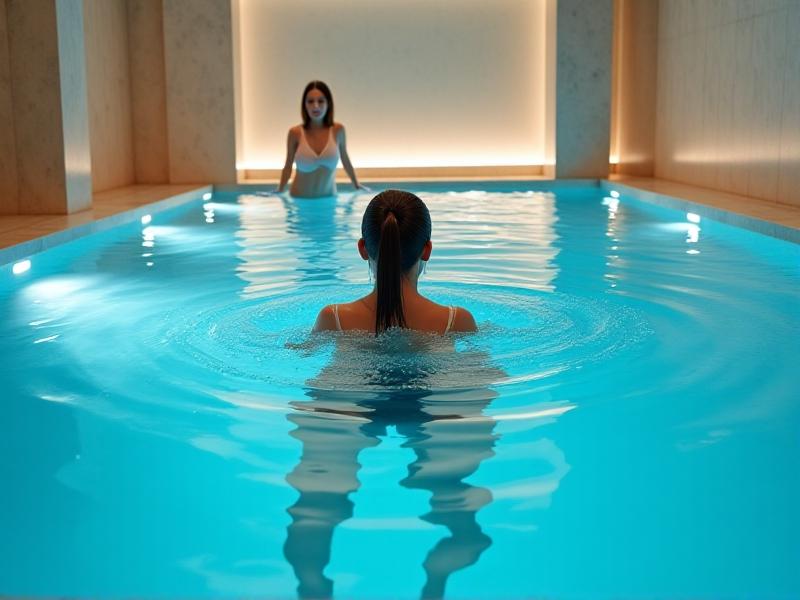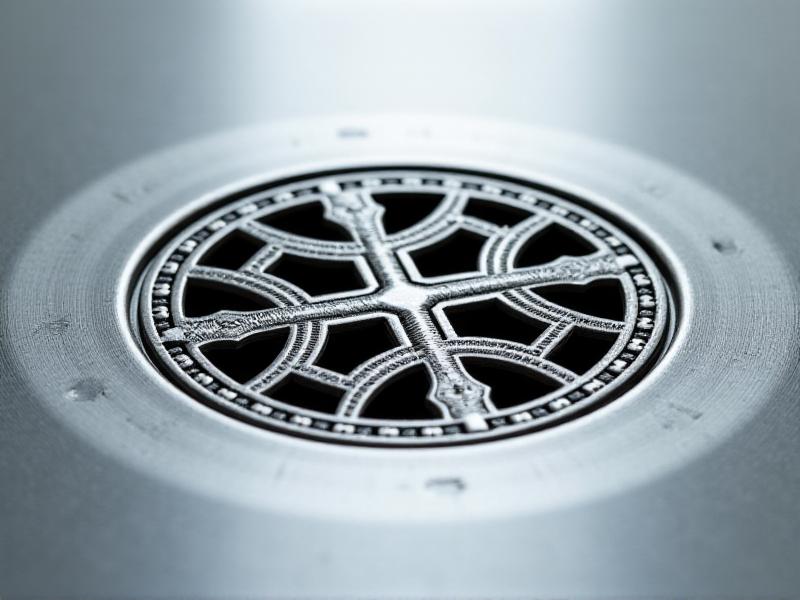Mineral Pool Magnesium Absorption Studies
The Science Behind Magnesium Absorption
Magnesium is an essential mineral that plays a critical role in numerous bodily functions, including muscle contraction, nerve function, and energy production. One of the most effective ways to absorb magnesium is through the skin, a process known as transdermal absorption. Mineral pools, particularly those rich in magnesium salts, have gained popularity for their potential to enhance this process. Studies suggest that soaking in magnesium-rich water can increase magnesium levels in the body more efficiently than oral supplements, which often face absorption challenges due to digestive issues.

Benefits of Magnesium-Rich Mineral Pools
Magnesium-rich mineral pools offer a range of health benefits beyond just magnesium absorption. These pools are known to alleviate muscle soreness, reduce stress, and improve sleep quality. The warm water helps to relax muscles, while the magnesium works to calm the nervous system. Additionally, the buoyancy of the water reduces pressure on joints, making it an ideal therapy for individuals with arthritis or chronic pain. Regular use of these pools can also improve skin health, as magnesium helps to hydrate and detoxify the skin, leaving it feeling soft and rejuvenated.

How Transdermal Magnesium Absorption Works
Transdermal magnesium absorption occurs when magnesium ions pass through the skin and enter the bloodstream. This method bypasses the digestive system, which can sometimes hinder the absorption of magnesium taken orally. When you soak in a magnesium-rich mineral pool, the warm water opens up the pores, allowing the magnesium to penetrate more effectively. Research indicates that this method can lead to higher magnesium levels in the body, making it a preferred option for those with magnesium deficiencies or digestive issues that limit oral absorption.
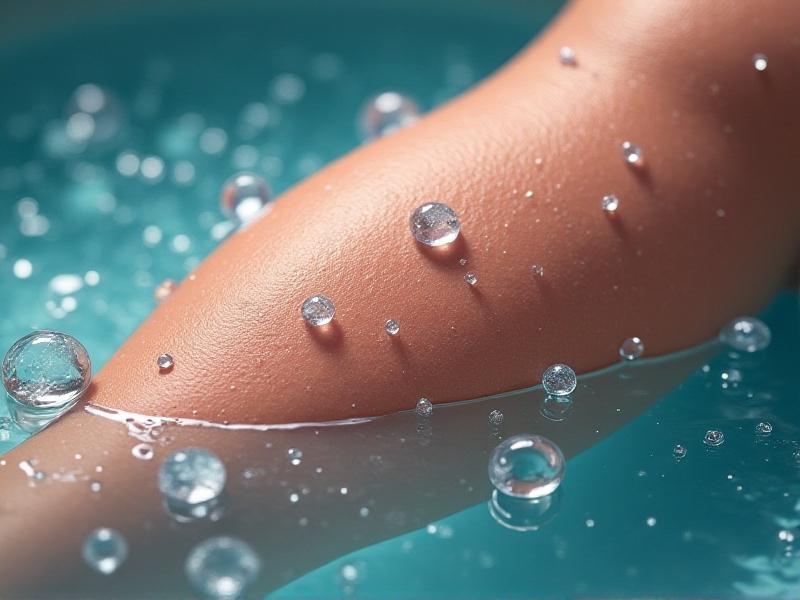
Comparing Mineral Pools to Other Magnesium Sources
While magnesium can be obtained from various sources, including dietary supplements and magnesium-rich foods, mineral pools offer a unique and effective alternative. Unlike oral supplements, which can cause digestive discomfort or have limited absorption rates, mineral pools provide a gentle and enjoyable way to increase magnesium levels. Additionally, the relaxing environment of a mineral pool enhances the overall experience, making it a holistic approach to health and wellness. For those who struggle with pill fatigue or prefer natural therapies, mineral pools are an excellent option.
Case Studies: Real-Life Benefits of Mineral Pool Therapy
Several case studies have highlighted the real-life benefits of mineral pool therapy for magnesium absorption. One study followed individuals with chronic magnesium deficiency who regularly soaked in magnesium-rich mineral pools. After just a few weeks, participants reported significant improvements in muscle function, reduced fatigue, and better sleep quality. Another study focused on athletes who used mineral pools for recovery. The results showed faster muscle recovery and reduced soreness compared to those who relied solely on oral supplements. These studies underscore the potential of mineral pools as a powerful tool for improving magnesium levels and overall health.
Tips for Maximizing Magnesium Absorption in Mineral Pools
To get the most out of your mineral pool experience, there are several tips to keep in mind. First, ensure the water temperature is warm but not too hot, as extreme temperatures can reduce the effectiveness of magnesium absorption. Soak for at least 20-30 minutes to allow sufficient time for the magnesium to penetrate the skin. After your soak, avoid rinsing off immediately, as this can wash away the magnesium on your skin. Instead, gently pat your skin dry to retain the benefits. Finally, consider combining your mineral pool sessions with a magnesium-rich diet or topical magnesium lotions for enhanced results.
Future Research Directions in Magnesium Absorption
While current studies have shown promising results, there is still much to learn about the mechanisms and long-term benefits of magnesium absorption through mineral pools. Future research could explore the optimal concentration of magnesium in mineral pools, the effects of different water temperatures, and the potential benefits for specific populations, such as the elderly or those with chronic illnesses. Additionally, more extensive clinical trials could provide deeper insights into how mineral pools compare to other forms of magnesium therapy. As interest in natural health therapies continues to grow, mineral pools are likely to remain a focal point of research in the field of magnesium absorption.




